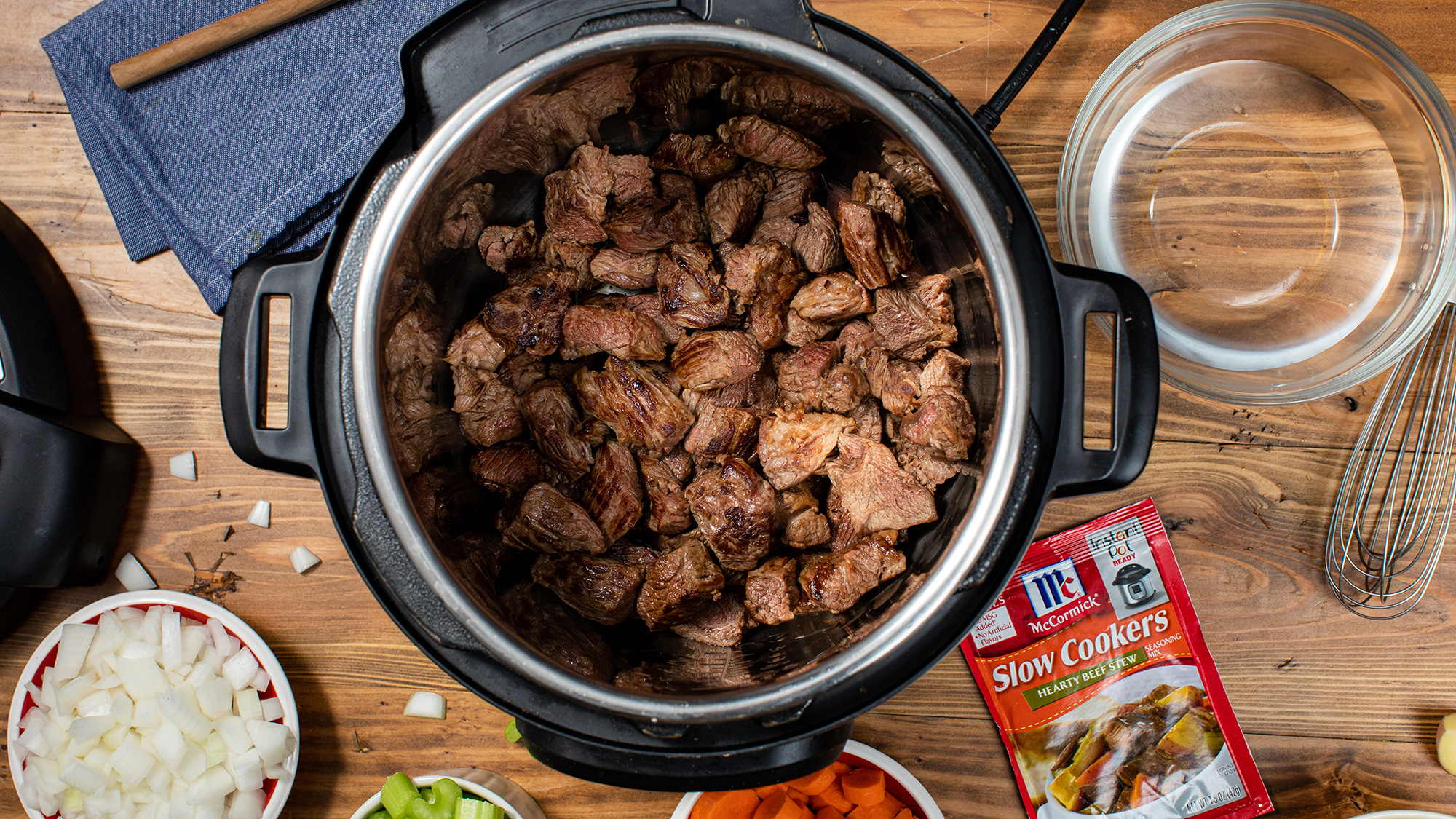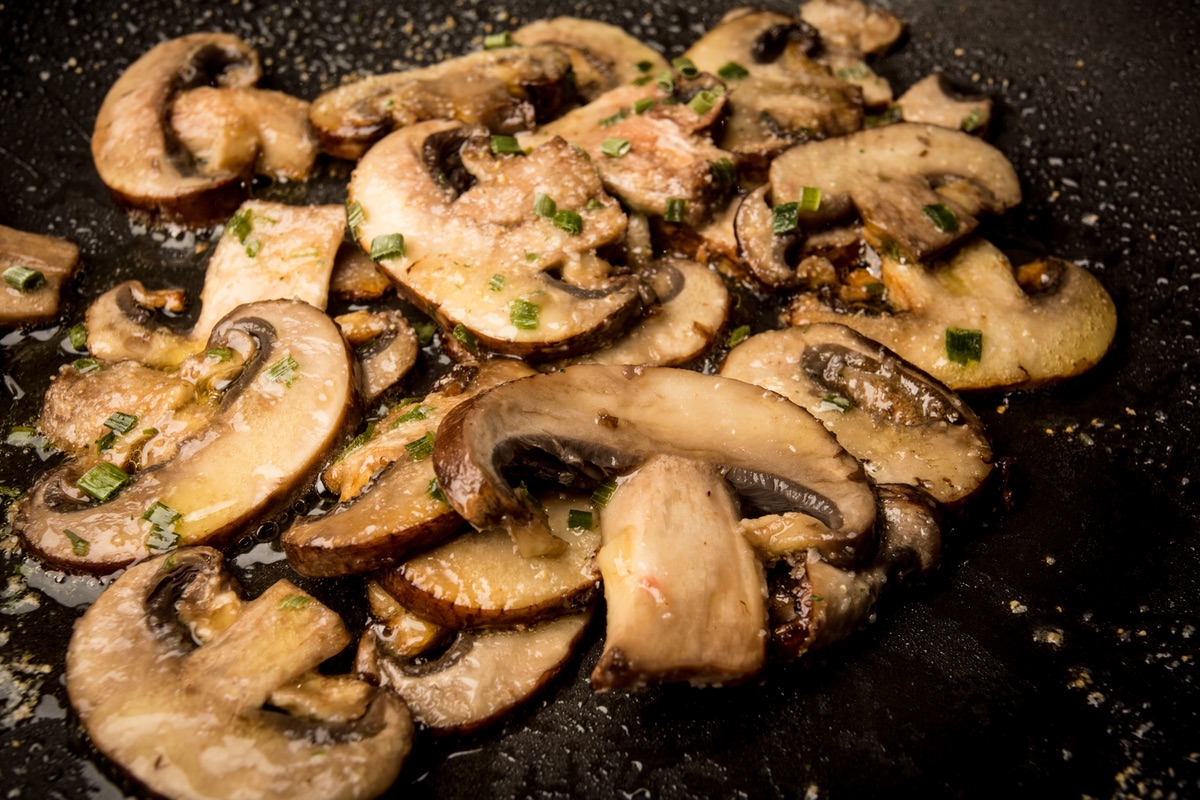If you’ve made a trip to the grocery store recently, you’ve likely seen shelves that are wiped clean of your usual staples, like canned goods, pasta, and meat. Heading home with a cut of meat that you’ve never worked with before? We’ve got your back! To help you out, we’ve compiled a list of lesser-known cuts of beef and pork and how best to cook them, so you can get a delicious meal on the table for your family.
Beef
Slow Cooking
Slow cooking beef is a great way to let the meat become deeply infused with flavor as it cooks for hours. Chuck is one of the best cuts for slow cooking, as it gets tough when grilled too quickly, but gets tender and juicier the longer you cook it.
A 7-Bone Chuck Roast can be identified by its seven-shaped bone and is a rich and flavorful choice for the slow cooker – or even a pot roast in the pressure cooker.
As its name suggests, a Chuck Tender Roast is a lean roast that gets nice and tender after hours of low and slow cooking. Use any leftovers to make a rich ragu for pasta by shredding the meat and adding to your favorite tomato sauce.
Keep an eye out for an Arm Chuck Roast or a Chuck Eye Roast cut at the grocery store - they are an excellent value for the money! Slow-cooking these cuts highlights their natural tenderness and beef flavor. A Blade Chuck Roast is another cut that gives you more bang for your buck and gets perfectly moist and tender when cooked over a long period of time.
A Top Blade steak is an inexpensive cut with tons of beefy flavor. Since it’s made from a tender muscle, it can be a deliciously tender piece of meat when cooked properly. To grill a top blade steak remove the strip of gristle that runs through the center of the steak. Then add your favorite seasoning or marinade and grill to your preferred doneness. Or you can braise the steak in the oven or slow cooker to help break down the gristly center piece. It’s great to have options!
A Brisket flat is a savory cut that should be cooked low and slow in an oven, grill or smoker or braised in a slow cooker to get a deliciously tender finish. Give these techniques a try in this recipe for Texas-style brisket or a slow cooker brisket served up with vegetables.
Stir-Frying
Not every cut of beef is right for stir-frying, so it’s important to select the right protein for your one-skillet meal.

Sirloin steaks are ideal for stir-frying. They can easily be cut and thrown right into your skillet for a Beef and Veggie Stir-Fry. A Top Sirloin Steak is a versatile, flavorful, and juicy cut that is often served as a steak, but also can be cut into cubes or strips and seared on the stovetop like in this recipe for Mexican fajitas. Sirloin Tip Side Steak and Sirloin Tip Steaks are all boneless, lean cuts that are a good value for money, and are even better when marinated before cooking.
Flank Steak is a lean and boneless cut and is ideal for recipes that call for thin-sliced beef. Be sure to cut flank steak across the grain to maximize its tenderness. Denver Steak is cut from the center of the Under Blade, so it is very tender and best when cooked over high heat. Ranch Steak is another affordable option and is versatile for cooking at home.
Marinating
Marinating beef is a great method to add extra flavor while tenderizing the meat. There are plenty of beef cuts that you can marinate for a satisfying and mouthwatering meal.
Many of the same cuts of beef mentioned above for stir-frying are also ideal for marinating, including Flank Steak and Sirloin Tip Side Steak.
The Outside Skirt Steak and Inside Skirt Steak are both known for their robust flavor profile and taste delicious when marinated like in this Grilled Tequila-Lime Skirt Steak with Avocado Chopped Salad recipe.

Keep your eyes open for Kabobs in the grocery store, as the popular grilling cut is so versatile and full of flavor. You can use them for a variety of well-rounded meals, like grilled skewers with vegetables or in a hearty stew.
Bottom Round Steak is a good everyday cut and can be marinated before broiling or grilling. Eye of Round Steak is perfect for marinating before throwing on the grill or in a skillet for a quick and easy protein. Top Round Steak is a thick-cut, so after marinating, grill to medium rare or medium or toss it in your slow cooker with some stock and fresh vegetables for the day to save time on dinner prep.
Pork
When it comes to pork, the shoulder and ribs are some of the most versatile cuts that can be cooked in various methods and used in all kinds of recipes. When cooking tender cuts of pork such as chops or tenderloin, it’s crucial to use a meat thermometer to ensure you don’t under or overcook the meat. Insert the thermometer into the thickest section and look for a temperature around 145 degrees F for medium doneness.
Shoulder
The most common cooking methods for the pork shoulder include braising, roasting, stewing, grilling, and slow-cooking. Pulled pork is one of the most popular dishes, and can be saved for leftovers to make sandwiches, tacos, stews, or even on top of pizza!
Using your slow cooker is the best way to get flavorful, tender pulled pork. Cooking the pork on low for about 8 hours produces the best results. Get the recipe for Slow Cooker BBQ Pulled Pork here.
Ribs
Ribs are also a great purchase, as they come in a variety of sizes, flavors, and meatiness and can be used in many ways. Baby back ribs are excellent for grilling, roasting, and slow-cooking, St. Louis style ribs are meatier and take a little longer but worth the wait.
Country-style ribs are great to finish on the grill and can be prepared with a dry or wet rub.
While most ribs are prepared on a grill or smoker, you can also stay in the kitchen and cook them right in your oven! Be sure to season both sides of the ribs evenly and allow ribs to cook slowly for 1-2 hours. Get the recipe for oven-cooked Maple Glazed Seasoned Baby Back Ribs.
---
Have questions for our test kitchen staff, like how to cook a unique cut of meat you found in the store? Check out this helpful collection of answers, from our kitchen to yours.











